The burial ritual, which is unlike anything ever seen in Europe, was unearthed along the river Dniester in Ukraine.
Experts believe the markings were made after the woman's body had completely decomposed, allowing ancient people to draw directly on the bones.
No other comparable prehistoric custom has ever been recorded in Europe.
Researchers say the baffling new find proves how complicated and elaborate funeral rituals were millennia ago.
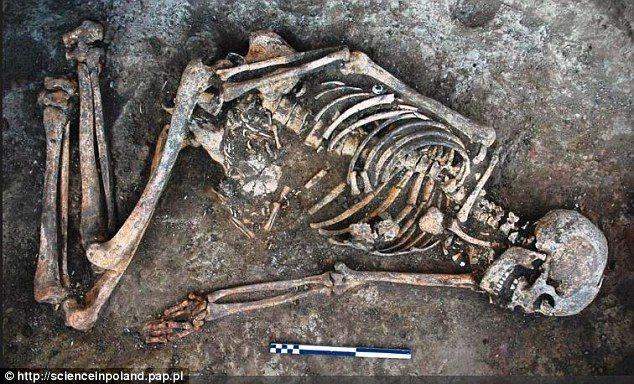
It is believed her body was covered in man-made patterns, probably made using tar obtained from wood, researchers claim.
'While drawing and photographing the burial, our attention was drawn to regular patterns, such as parallel lines visible on both elbow bones,' said Danuta Żurkiewicz from the Institute of Archaeology, Adam Mickiewicz University in Poznań.
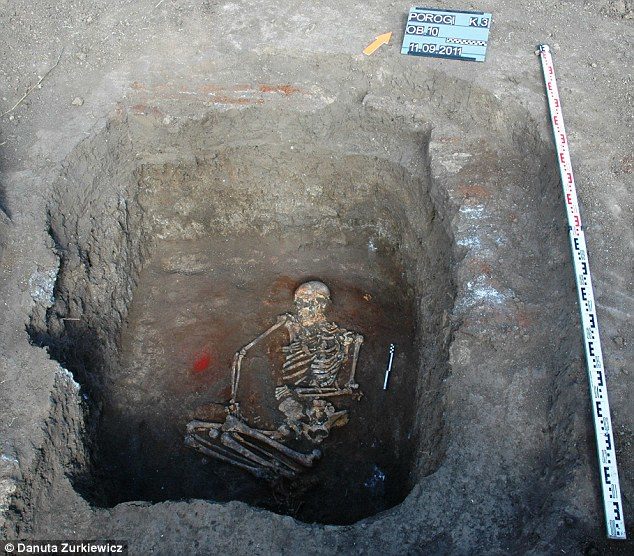
Decorating the bones with elaborate patterns had to have been done after death, once the body had sufficiently decomposed to allow access to the skeleton.
Ancient humans would have re-opened the grave in order to decorate the bones.
'This is clearly indicated by the location of the decoration on the bone surface and the way dye was applied', said Dr Mickiewicz.
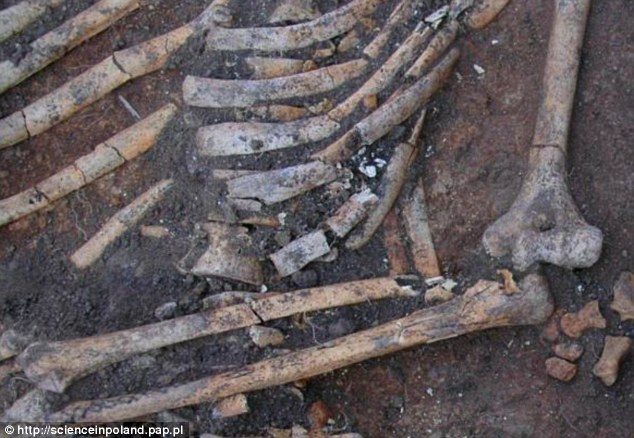
'Until now, the few similar discoveries have been interpreted as remnants of tattoos, but none of them have been analysed using so many modern methods, which is why they can not be confirmed with full confidence,' she said.
Experts say this community was engaged in nomadic shepherding using carts designed to travel long distances.
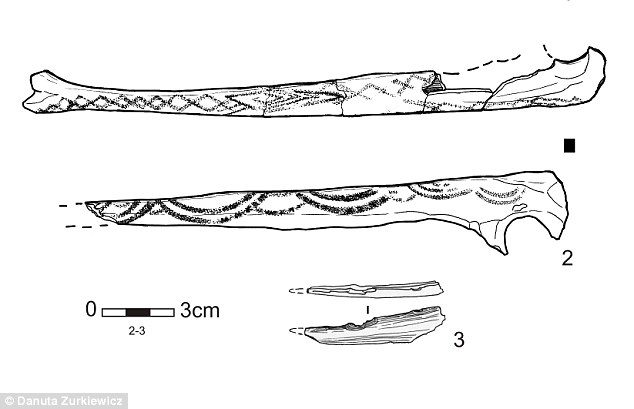
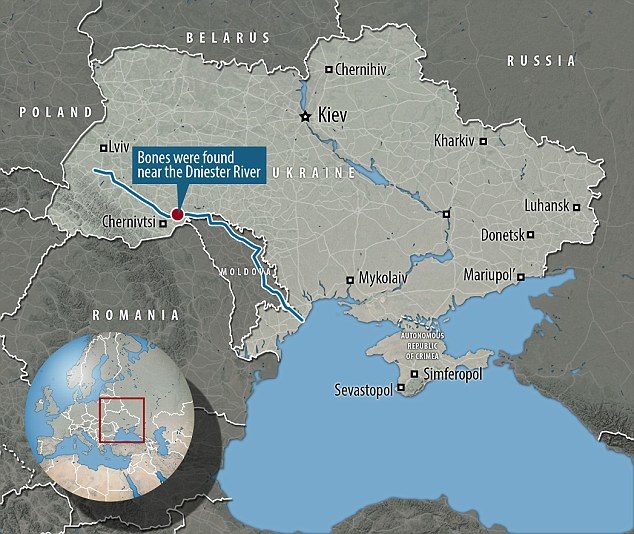
In contrast, monumental burial mounds were made and played an important role in the life of the neolithic communities.
'However, women were rarely buried in them,' Dr Żurkiewicz said.
'The deceased, whose bones were covered with patterns, had to be an important member of the community'.
The findings are described in volume 22 of Baltic-Pontic Studies, which will be published next month.
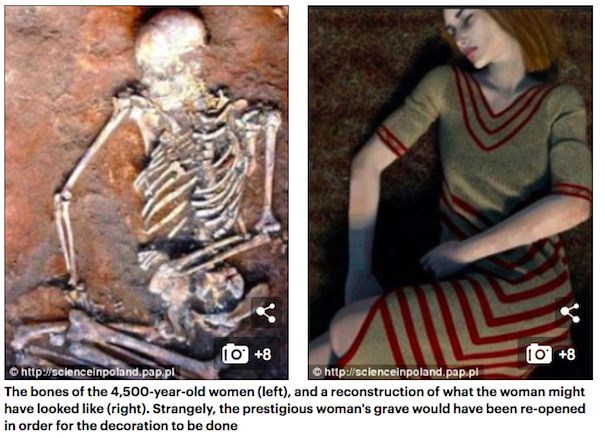
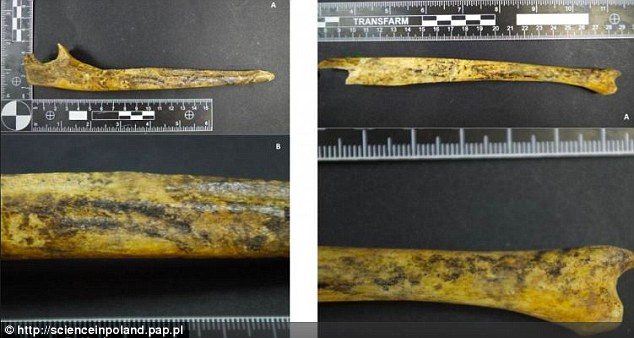



Reader Comments
to our Newsletter